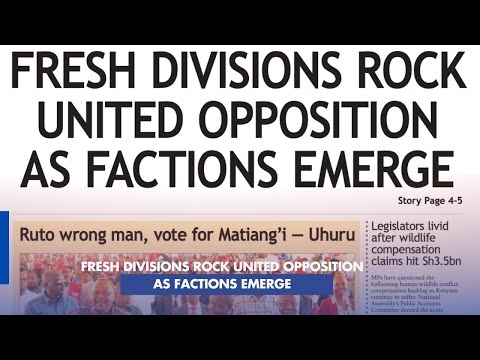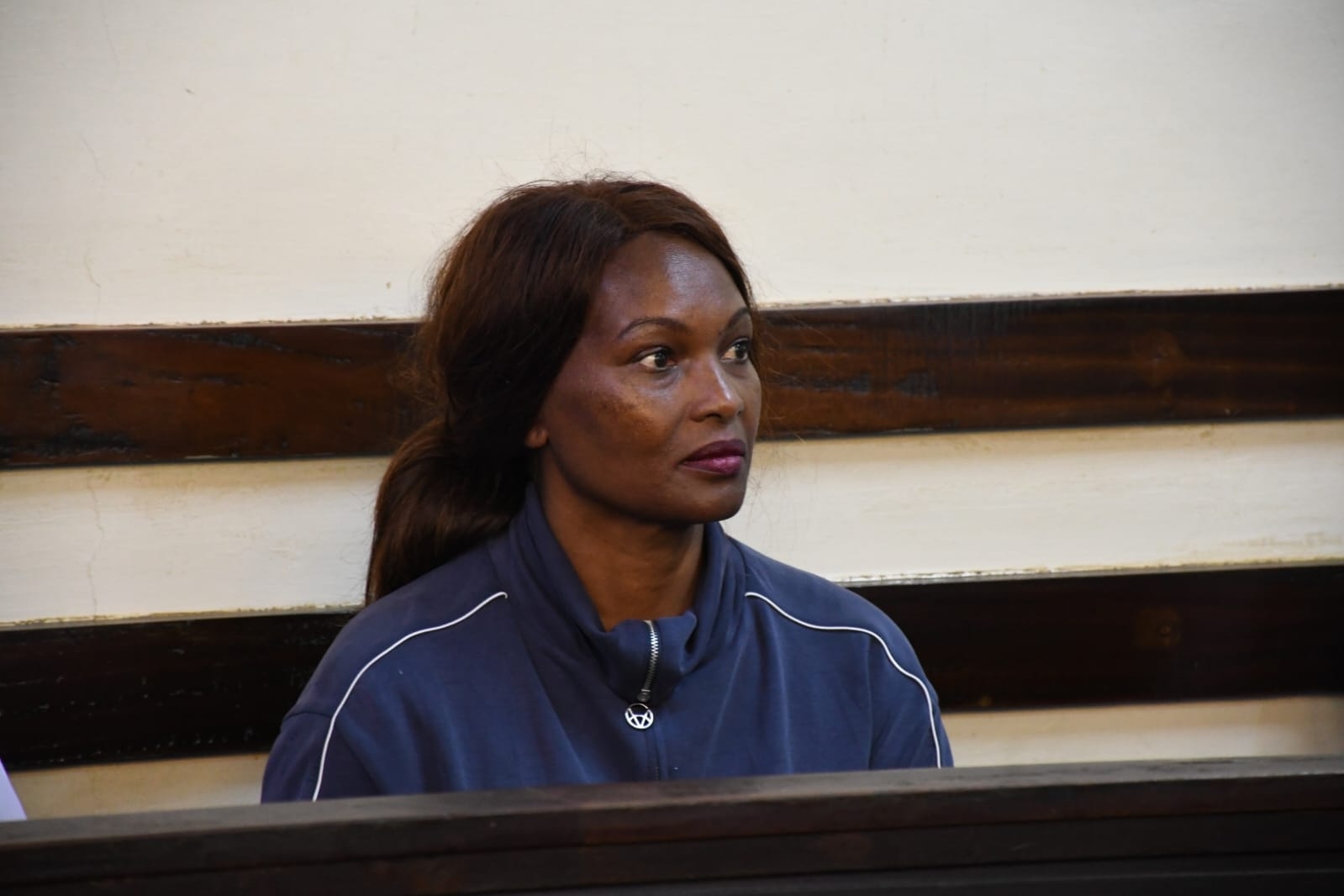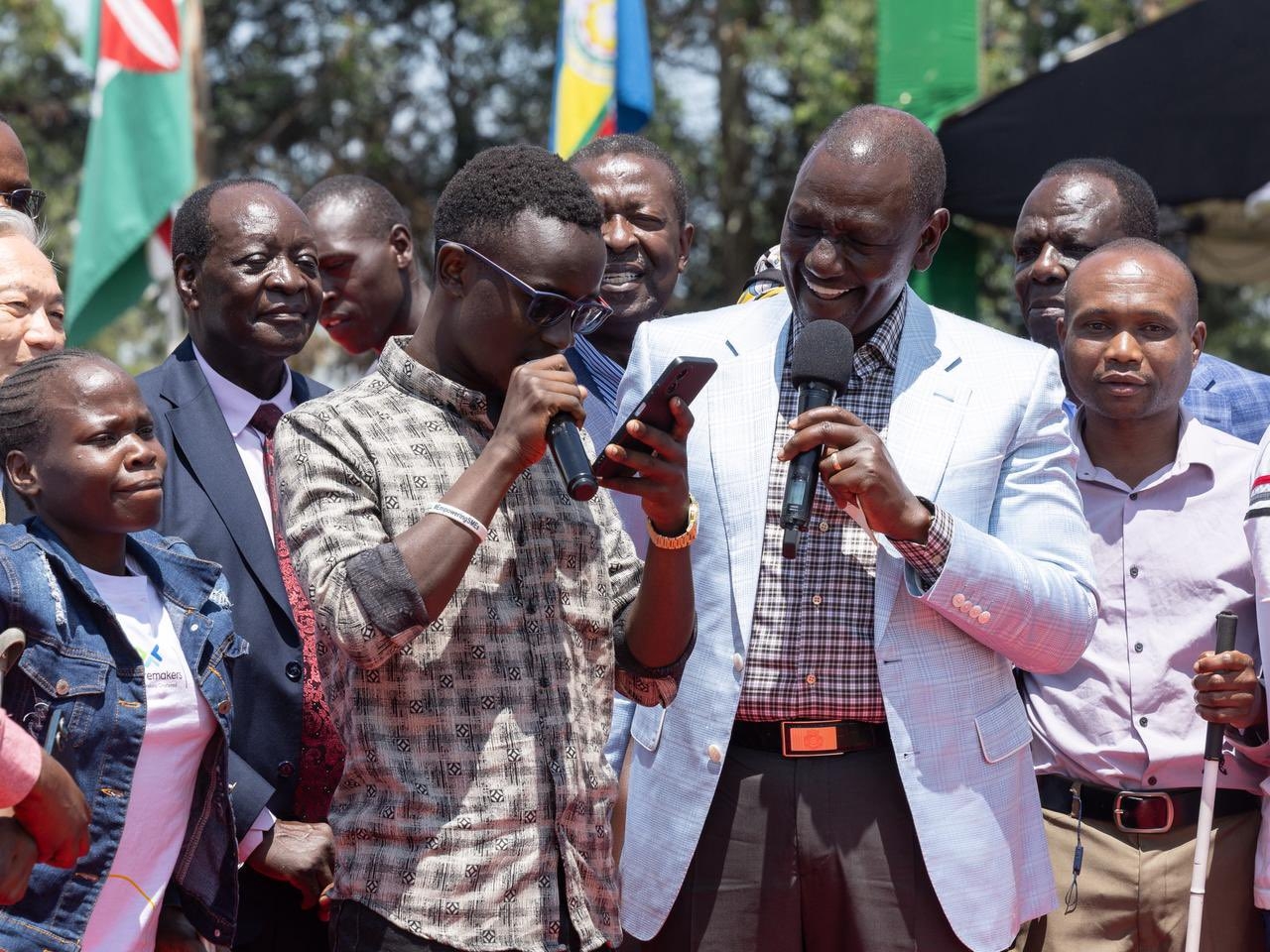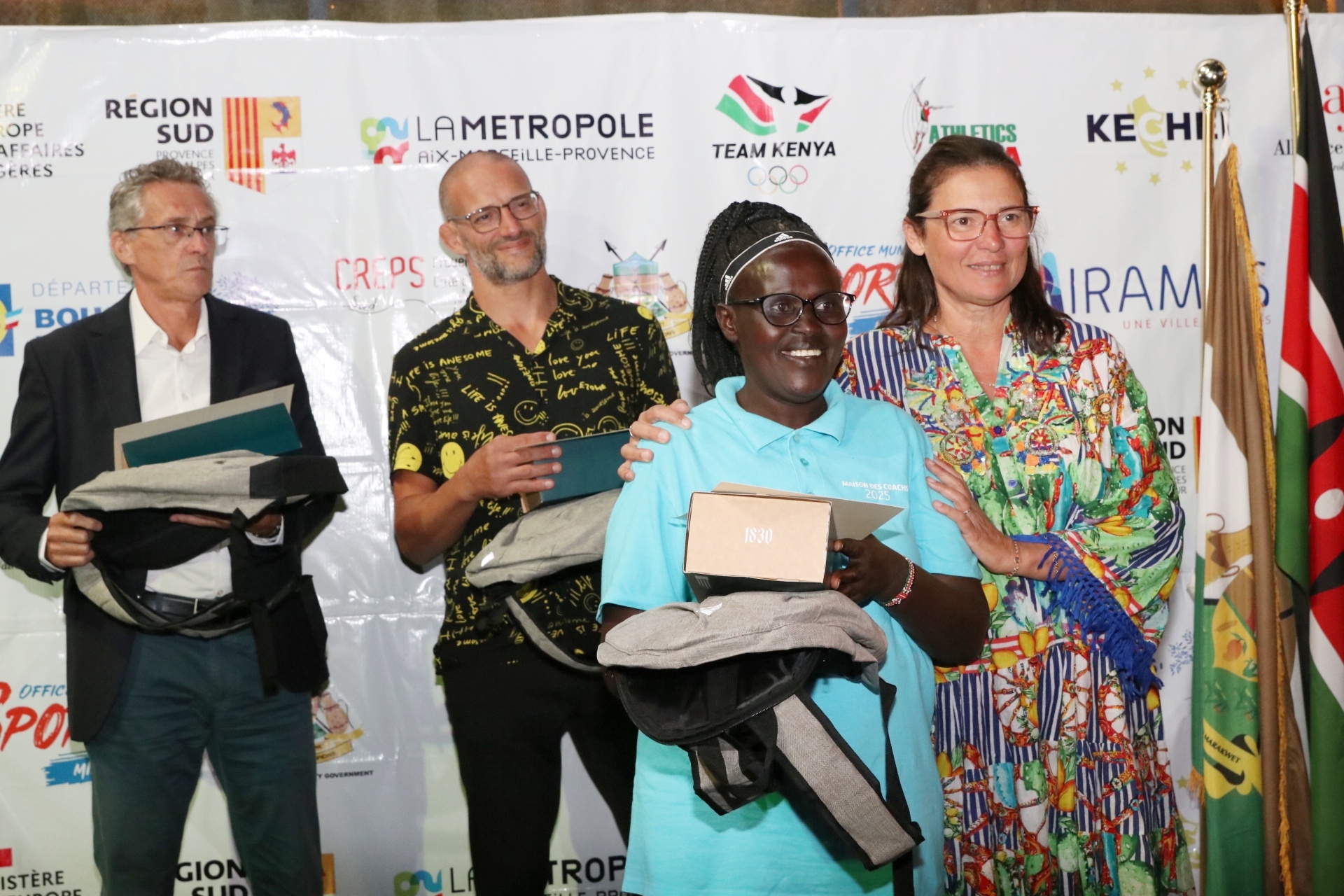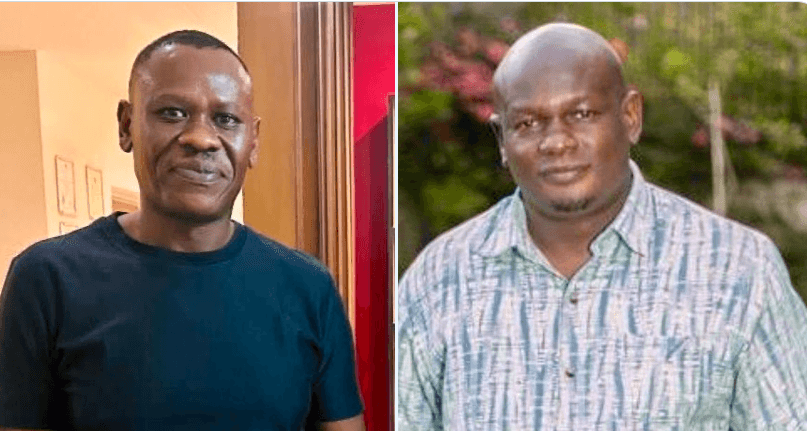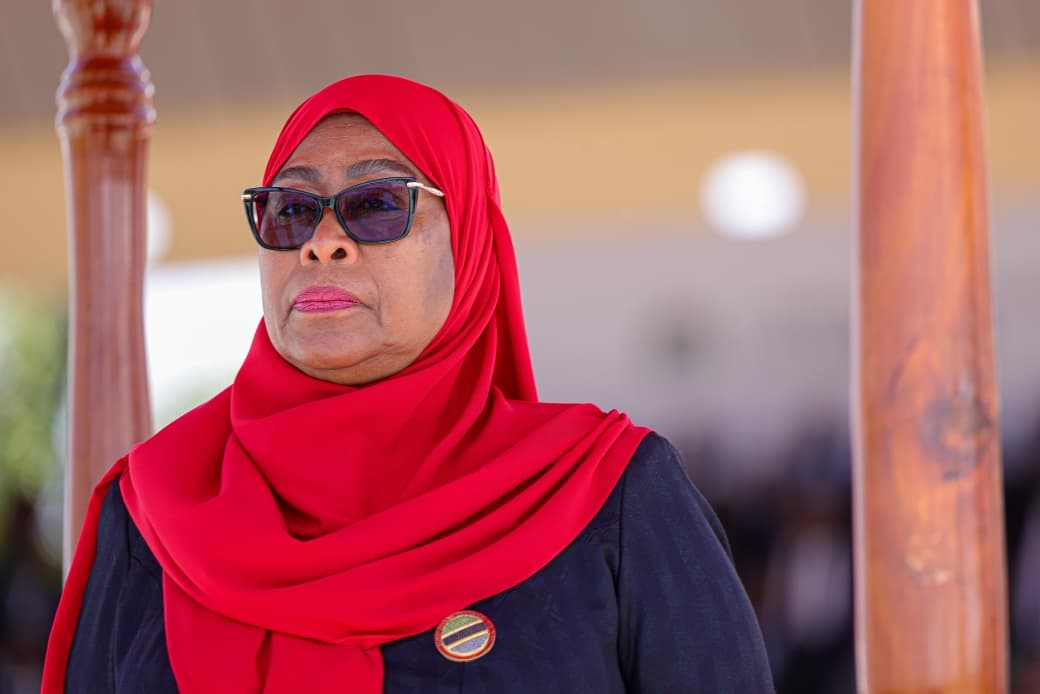How does one transform a poor, unruly and scruffy country like Kenya into a wealthy, spic and span, clean and green state like Singapore in which any citizen who wants to work can be guaranteed a quality job, healthcare and decent housing...all in thirty-something years?
The development strategy pursued by Lee Kuan Yew, Singapore’s autocratic leader from 1965 to 1990, who was buried last Sunday may provide some answers.
Lee Kuan Yew is the only head of government in history who — within his own lifetime — managed to lead a country from an impoverished third world basket case to a first-rate industrialised showcase that Singapore is today. In 1965, Singaporeans had an average annual income of $320 (Sh29,581) per person, about thrice that of Kenya then. In 2014, Singapore’s per capita GDP was $56,113 (Sh5.19 million) — higher than that of the US, Netherlands and France — and 56,000 times higher than Kenya! Singapore's global rankings for lack of corruption, cleanliness, business competitiveness and government efficiency could now put many first world countries to shame.
The journey to prosperity actually started badly. Singapore (largely Chinese in population) was unceremoniously booted out of the Federation of Malaysia (majority Malay in population) for reasons East Africans ought to be familiar with: Malay suspicion and hatred of a Chinese minority that was richer, dominant in business and the professions, and sometimes haughty. Overnight, Singapore was without an army, without a hinterland to do business with, facing a cold war from Malaysia and a hot one from Indonesia.
All it had was a marshland with slums dependent on a regional port and a British base that was to be wound up. Lee Kuan Yew said it reminded him of Israel’s isolation and the need, in the circumstances, to reach of out to the rich western economies for investment, markets and skills—but not aid handouts. An attempt to reach out to African markets at the time led nowhere. Preoccupied with varieties of African socialism, African states did not think much of outward-bound economics, Kenya and Ivory Coast being exceptions somewhat.
But luck was on his side. The country premier development policy advisor, the Dutch economist Albert Winsemius who had been seconded to the government by the UNDP, was every bit unlike his contemporaries who preached the doctrines of five-year state planning, protection of “infant industries”, and national “self-sufficiency”.
Winsemius instead recommended targeting foreign markets by establishing light, labour-intensive industries (textiles, toys, trinkets, etc) with foreign investors (at the time mostly from Hong Kong and Taiwan), then moving into electronic equipment which at the time meant radio, TV, and calculators, mostly by persuading American multinational (General Electric, Hewlett Packard, Texas Instruments etc) to come in. They did come but with much effort to convince them, moving upwards to oil refining, chemicals, and finance.
In the meantime, Winsemius asked the government to do two things. One was to begin a mass housing programme funded out of pensions to move people out of the slums; the other was to plan for a motorized “green and clean” city, forcefully moving people if need be. In Kenya by contrast we have since then unashamedly grown Kibera into a tourist attraction and an obligatory stop for top global visitors, and even made movies out of the place. Second, Winsemius urged the government not to demolish the Stamford Raffles (the colonial founder’s) monument, as many African nationalists did, as a sign of commitment to British standards to the investor. In that, he was preaching to the converted: Raffles Hotel and the Raffles Class in Singapore Airlines today rank with the best and most profitable brands globally.
The driving force behind the Singapore economic miracle rested in the office prime minister Lee himself (where the ministry of state for finance was domiciled) and two other critical bodies. One was the ministry of trade and industry, fashioned after Japan’s famous post-war ministry of international trade and industry (MITI), with one wing (trade) scanning global market opportunities while the other (industry) fashioned local industrial production to meet those demands. In Kenya we have brought international to foreign affairs, isolating industry. The other was the Economic Development Board (which Rwanda has copied with great profit to itself) as a one-stop shop for facilitation of international and local investors, recruiting the best and the brightest locally and internationally, judging them by results.
Lee Kuan Yew aimed not at a European-style welfare state but a “fair society” to all Singaporeans—Chinese, Malays, Indians and whites, appointments based on merit, first rate education for all, and controversial punishment (including caning) for violation of seemingly minor rules like discarding used chewing gum on the street, painting graffiti, and trashing public spaces. Grown Kenyan men who now urinate on the streets in broad daylight and throw out banana peels from moving cars, against our own bylaws, would not have survived there for long. He came down unfairly on the communists and the trades unions. As he said “developing countries need discipline more than democracy”.
On that he was certainly wrong for it is possible to have both discipline and democracy. Think of Switzerland. This can be done in sequence as South Korea and Indonesia did. Or it could be done simultaneously: Mauritius today is among the most efficiently-run and thriving economies in Africa and has remained a multi-ethnic democracy to boot and so has Botswana. Following economic liberalization in the 1990s, India witnessed rapid growth that brought 367million people out of poverty and it has remained a democracy. There are multiple paths for countries to choose from after careful thinking.
Lee believed in learning from others successes. Despite the hard line he took, Lee often took time to study and listen to contrary views at the Kennedy School of Government at Harvard University. If Kenyans could read and think as hard as they yell insults at each other, we too might also learn something from Singapore’s rise from third world to first.
Professor Michael Chege lectures in International Development Policy at the University of Nairobi.



